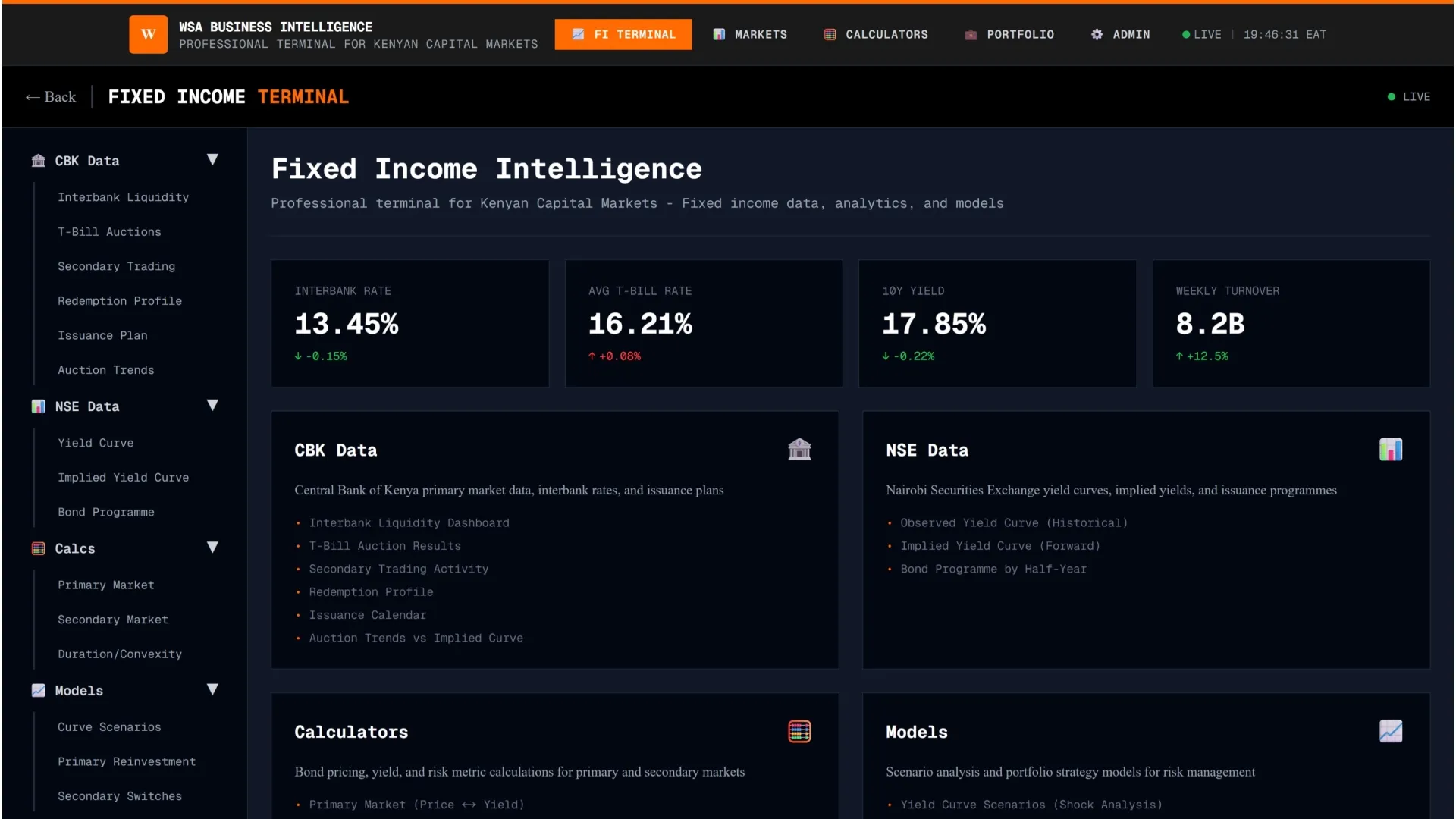KRA has gone digital and if you’ve run a business, made a purchase, or received money via M-Pesa lately, you’ve probably heard about ETR receipts. But what exactly are they? How are they different from a normal receipt or M-Pesa SMS? And why does it even matter?
With tax enforcement tightening in 2025, this guide breaks down 5 must-know facts about ETR receipts in Kenya especially if you want to stay compliant and avoid penalties.
1. Not All Receipts Are ETRs Receipts
Many people assume that the M-Pesa message you get after paying a business is enough. Unfortunately, it isn’t.
An ETR (Electronic Tax Receipt) is a special type of receipt that is:
- •Generated through a KRA-approved system (eTIMS)
- •Sent to KRA in real time
- •Contains full tax breakdowns, like VAT
Your M-Pesa receipt confirms payment but it does not show VAT, a control number, or link back to KRA’s records. That’s why it doesn’t count.
If you paid KES 10,000 and think VAT is included, only an ETR proves that.
2. A Valid ETR Includes Very Specific Information
A proper ETR will include:
- •The supplier’s KRA PIN
- •The invoice number
- •A VAT or tax breakdown (if applicable)
- •A control number or QR code generated by eTIMS
- •A timestamp showing when it was issued
If your receipt is missing these, it’s not compliant and for businesses, that’s a red flag for KRA.
3. If You Run a Business, You’re Required to Issue ETRs
Under the Finance Bill 2025 and ongoing KRA directives, any VAT-registered business or business above KRA’s income threshold must issue ETRs.
Even if you’re using mobile payments like:
- •M-Pesa Paybill
- •Till numbers
- •Bank transfers
…you must generate ETRs through the eTIMS system.
KRA now offers easier options through:
- •eTIMS Lite for small businesses
- •A mobile app for issuing receipts on the go
- •Web-based tools for online businesses
4. M-Pesa Paybills Now Work Like Virtual ETRs But Only If You Integrate
As of December 2024, all Paybill and Till numbers used by businesses must be connected to KRA’s eTIMS system. So yes your Paybill can generate ETRs automatically, but only if it’s:
- •Properly registered with KRA
- •Linked to eTIMS through an approved software provider
- •Set to push tax information to KRA in real time
Simply collecting M-Pesa payments is not enough.
5. No ETR Receipts? You Could Face Penalties or Miss Out on Tax Deductions
If you’re a buyer and don’t get an ETR especially for high-value purchases you can’t claim VAT refunds or prove the tax was paid.
If you’re a business that fails to issue ETRs:
- •You risk being audited
- •You could face tax penalties
- •KRA may estimate your income based on M-Pesa or bank records
The bottom line? ETRs protect you. They’re not just for KRA they’re proof that your transaction is clean and on the record.
Conclusion
KRA is making tax compliance digital, and ETRs are the new standard not an option. Whether you’re a consumer checking if tax was actually paid, or a business owner trying to avoid penalties, understanding how ETRs work is crucial in 2025.




